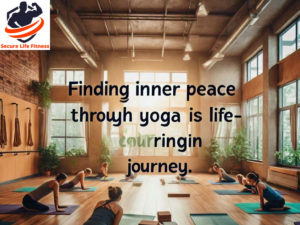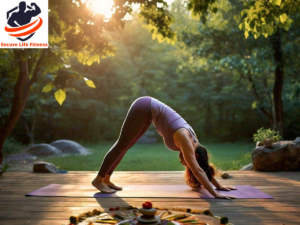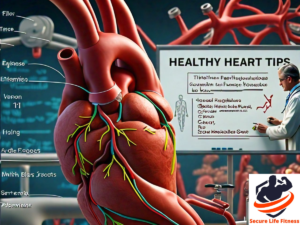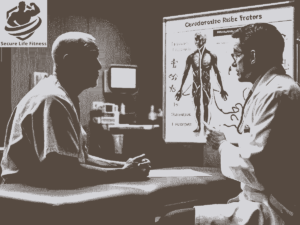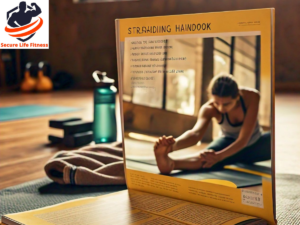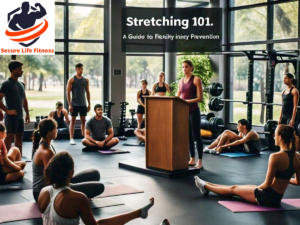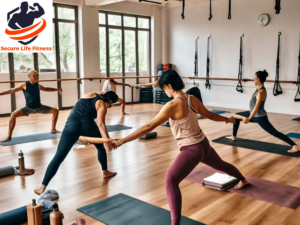Table of Contents
ToggleStretch Smart:
Stretching is often an overlooked aspect of fitness routines, yet it’s crucial for maintaining flexibility, preventing injuries, and enhancing overall performance. Whether you’re an athlete, a fitness enthusiast, or someone looking to improve their mobility, incorporating stretching into your regimen can yield numerous benefits. However, not all stretches are created equal, and improper technique can lead to discomfort or even injury. In this comprehensive guide, we’ll explore the art of smart stretching—techniques and tips to help you stretch safely and effectively known as stretch smart.
Understanding Stretching
Before delving into specific techniques, it’s essential to understand the fundamentals of stretching. What exactly is stretching? Why is it important? This chapter will cover the physiological benefits of stretching, including improved flexibility, enhanced circulation, and reduced muscle tension. Additionally, we’ll discuss the different types of stretches, such as static, dynamic, and proprioceptive neuromuscular facilitation (PNF), and when to incorporate each into your routine this is stretch smart.
Principles of Safe Stretching
Safety should always be a priority when stretching to avoid potential injuries. This chapter will outline the principles of safe stretching, including proper warm-up techniques, the importance of breathing and relaxation, and listening to your body’s signals. We’ll also address common mistakes to avoid, such as bouncing or overstretching, and how to modify stretches for individuals with specific limitations or injuries.
Essential Stretching Techniques
Now that we’ve covered the basics, let’s dive into specific stretching techniques. This chapter will provide step-by-step instructions for a variety of stretches targeting different muscle groups, including the neck, shoulders, back, chest, hips, legs, and ankles. From classic stretches like the hamstring stretch to more advanced techniques such as the pigeon pose, you’ll learn how to effectively stretch each area of your body.
Incorporating Stretching into Your Routine
To really benefit from stretching, consistency is essential. In this chapter, we’ll discuss strategies for incorporating stretching into your daily routine, whether it’s before or after exercise, during breaks at work, or as part of a dedicated stretching session. We’ll also explore the concept of mobility training and how it complements traditional stretching exercises to improve joint health and range of motion.
Advanced Stretching Strategies
For those looking to take their stretching practice to the next level, this chapter will introduce advanced stretching strategies. From partner-assisted stretches to using props such as foam rollers and resistance bands, you’ll discover innovative techniques to deepen your stretches and target specific areas of tightness or weakness. We’ll also discuss the concept of proprioception and how it can enhance body awareness and control during stretching.
Stretching for Special Populations
Not everyone approaches stretching from the same starting point. In this chapter, we’ll explore how stretching can be adapted for special populations, including seniors, pregnant women, children, and individuals with disabilities or chronic conditions. We’ll provide tailored recommendations and precautions to ensure that everyone can safely participate in stretching activities and experience the benefits of improved flexibility and mobility.
Overcoming Common Challenges
Despite its many benefits, sticking to a stretching routine can sometimes be challenging. In this chapter, we’ll address common barriers to consistent stretching, such as lack of time, motivation, or knowledge. You’ll learn practical tips and strategies for overcoming these obstacles and making stretching a sustainable part of your lifestyle. Additionally, we’ll discuss how to troubleshoot common issues such as muscle imbalances or plateauing progress.
The Mind-Body Connection
Stretching is not just a physical practice—it also encompasses the mind-body connection. In this final chapter, we’ll explore the psychological aspects of stretching, including its role in stress relief, relaxation, and mindfulness. We’ll discuss how to cultivate a positive mindset towards stretching, set realistic goals, and celebrate progress along the way. Ultimately, you’ll come to appreciate stretching not only for its physical benefits but also for its ability to promote overall well-being.
Conclusion:
In conclusion, stretching is a valuable tool for improving flexibility, preventing injuries, and enhancing overall quality of life. By adopting smart stretching techniques and incorporating them into your daily routine, you can unlock a multitude of benefits for both your body and mind. Whether you’re a seasoned athlete or a casual exerciser, there’s something to be gained from making stretching a priority in your life. So, remember to stretch smart, stay safe, and enjoy the journey towards a more flexible and resilient you called stretch smart.
ALSO:






